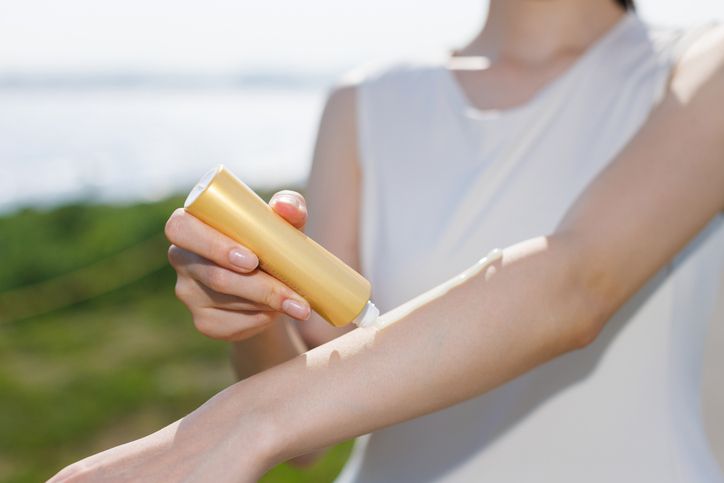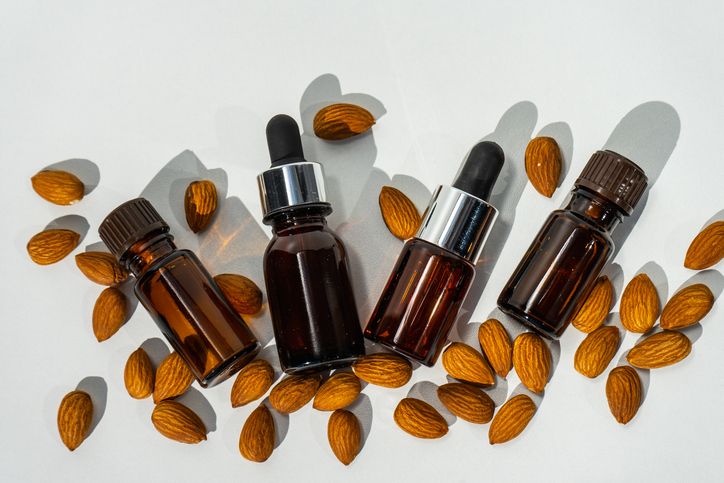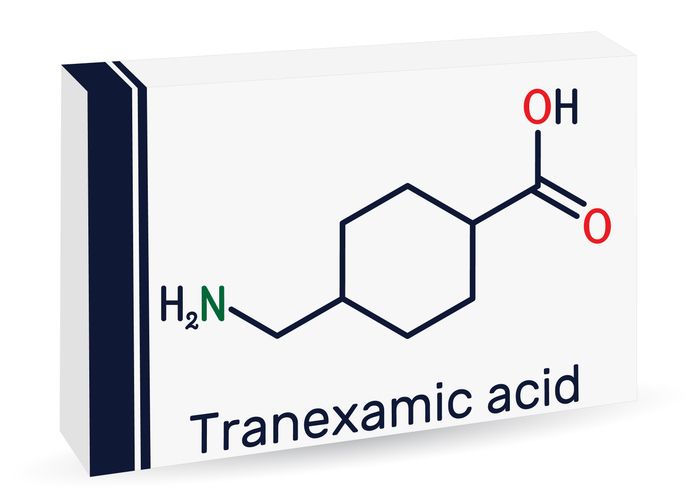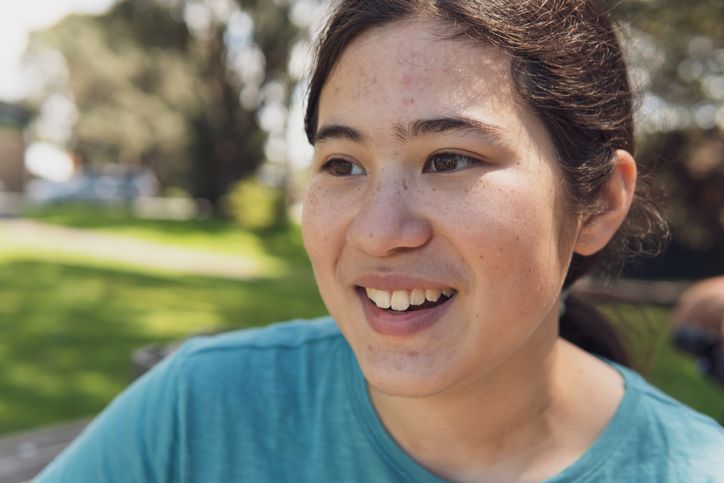- Home
- Trend
- Weight Loss Strategies
- Acne Tips
- Hair Health Information
- Blemish Removal Tips
- Acne Scar Removal Tips
- Muscle Building Techniques
- Intimate Care Tips
- Postpartum Intimate Care
- Eye Bags Wiki
- Tips for Face Slimming
- Secret of Permanent Hair Removal
- Breast Enlargement Tips
- Cure to Snoring
- Marionette Lines
- Skin-Tightening Secrets
Dark circles often bring unwanted attention, making you look perpetually tired and older than you feel. Factors like age, lack of sleep, and volume loss in the under eye area contribute to their persistence. Fortunately, modern cosmetic procedures like dark circle injections offer a game-changing solution.
Dark Circles: Why Do They Appear?

Dark circles under the eyes are a common cosmetic concern, often linked to multiple underlying factors. Understanding these causes can help determine the most effective treatment options.
Volume Loss
As the skin in the tear trough area thins with time, the natural fat that supports the under-eye region diminishes. This loss of volume highlights blood vessels beneath the skin, making dark circles more pronounced and contributing to a hollow, shadowed appearance.
Lack of Sleep
Insufficient sleep impacts overall skin health, reducing elasticity and promoting fluid retention. This combination leads to both darker pigmentation and puffiness under the eyes, exacerbating the tired look commonly associated with dark circles.
Age
Aging naturally reduces collagen and elastin production, essential components for maintaining skin firmness and smoothness. This results in thinning skin, increased visibility of blood vessels, and a deeper appearance of fine lines and wrinkles.
Genetics
Inherited traits can predispose individuals to dark circles. People with thinner skin, darker pigmentation around the eyes, or deeper-set eyes are more likely to develop dark circles, regardless of their lifestyle or health habits.
Common Concerns Linked to Dark Circles
The presence of dark circles is often accompanied by additional cosmetic concerns that affect the under-eye area.
Under Eye Bags
These puffy areas under the eyes are typically caused by fluid retention, aging-related fat redistribution, or lifestyle factors like high sodium intake or allergies. They often appear alongside dark circles, amplifying a fatigued appearance.
Under Eye Hollows
Structural changes in the facial muscles and the upper cheek area can lead to depressions known as under-eye hollows. These hollowed areas create shadows that mimic or worsen the look of dark circles.
Fine Lines and Wrinkles
Repetitive facial movements, such as blinking or squinting, combined with a loss of skin elasticity over time, can lead to fine lines and wrinkles in the delicate under-eye area. These lines often make dark circles look more pronounced, adding to the perception of aging.
What Are Dark Circle Injections and How Many Types Are There?
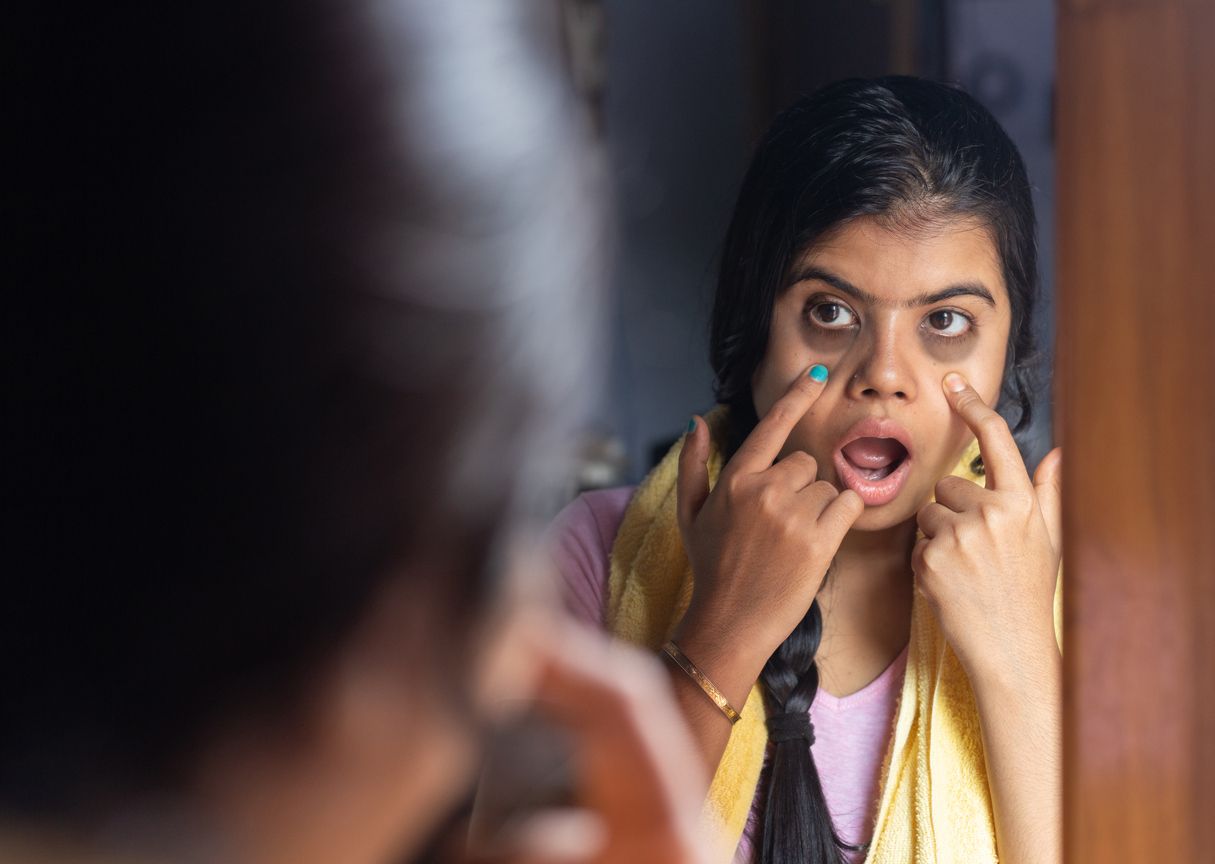
Dark circle injections involve the use of dermal fillers, typically made of hyaluronic acid, to add volume to hollow areas under the eyes. These fillers smooth the tear troughs, diminish the appearance of shadows, and enhance the overall appearance of the under eye area.
When it comes to addressing dark under-eye circles, understanding the various injection types available is essential for achieving the best results. Each type targets specific concerns, such as volume loss, skin texture, or collagen production, and suits different patient needs. Here’s an in-depth look:
Hyaluronic Acid Fillers
Hyaluronic acid (HA) is a naturally occurring substance in the skin that helps retain moisture and plumpness. As a dermal filler, it restores lost volume in the tear trough area, reducing the appearance of dark circles and under-eye hollows. HA fillers also improve skin texture and elasticity by hydrating the area from within.
Procedure: The process involves applying numbing cream to minimize discomfort, followed by careful injection into the treatment area using a fine needle or cannula.
Duration: Results are immediate and typically last 6 to 12 months, depending on factors like individual metabolism and product type.
Advantages: HA fillers are reversible, making them an excellent choice for first-time patients. If needed, hyaluronidase can dissolve the filler.
Considerations: Some patients may experience slight bruising, swelling, or the tyndall effect (a bluish hue under the skin), which highlights the importance of a skilled practitioner.
Platelet-Rich Plasma (PRP) Injections
PRP is a natural solution derived from the patient’s own blood. The plasma, rich in platelets, is injected into the under-eye area, where it stimulates collagen production and cell regeneration. This improves skin quality, reduces pigmentation, and rejuvenates the tear troughs over time.
Procedure: Blood is drawn from the patient, processed in a centrifuge to concentrate platelets, and then injected into the tear trough area. The procedure is often combined with microneedling for enhanced results.
Duration: Results develop gradually and can last up to 18 months after a series of 3–4 treatments.
Advantages: PRP is 100% natural and biocompatible, reducing the risk of allergic reactions or complications. It’s also effective for improving skin texture and addressing pigmentation issues caused by blood vessels under the skin.
Considerations: PRP may take longer to show noticeable results compared to fillers, making it ideal for patients seeking gradual, natural-looking improvements.
Poly-L-Lactic Acid (Sculptra)
Unlike traditional fillers, Poly-L-Lactic Acid (commonly known as Sculptra) works by stimulating the body’s natural collagen production. It’s particularly effective for improving skin texture, addressing fine lines, and adding volume to the under-eye hollows over time.
Procedure: Multiple sessions (usually 3–4) are required, spaced several weeks apart. This gradual approach ensures even and long-lasting results.
Duration: Once optimal results are achieved, they can last for over two years, making this a longer-term solution compared to HA fillers.
Advantages: Sculptra offers subtle and progressive enhancements, making it suitable for patients looking to improve their appearance naturally.
Considerations: The treatment requires patience, as results are not immediate. Additionally, because the filler stimulates collagen rather than adding volume directly, it’s best suited for patients with mild to moderate volume loss.
Fat Transfer
This technique involves harvesting fat from another part of the body (usually the abdomen or thighs) and injecting it into the under-eye area. As a natural filler, fat is less likely to dissolve over time, providing a long-lasting solution for volume restoration.
Procedure: The process involves liposuction to extract fat, purifying it, and then carefully injecting it into the tear troughs to reduce the appearance of dark circles and hollows.
Duration: Results can last several years, as the transferred fat integrates with the surrounding tissues.
Advantages: Because it uses the patient’s own tissue, the risk of rejection or allergic reactions is extremely low. It’s also ideal for patients looking for a more permanent alternative to dermal fillers.
Considerations: Fat transfer is more invasive than other injection options, requiring a longer recovery time and expertise to achieve smooth, natural results.
免費體驗
R6 Miracle Eye Rescue Treatment
1 Minute Self-Registration
Date should not be before minimal date
Myth-Busting: 6 Things to Know About Dark Circle Injections
Dark circle injections are a sought-after solution for revitalizing tired eyes, yet they’re often surrounded by myths and misconceptions. Let’s debunk some of the most common misunderstandings:
Myth 1: "Only Older People Need Tear Trough Fillers"
Dark circles and hollow tear troughs aren’t exclusive to older individuals. Factors such as genetics, facial structure, stress, and lack of sleep can cause these concerns at any age. For instance, younger patients with naturally deep-set eyes or prominent under-eye hollows often seek tear trough fillers to restore volume and brighten their appearance.
Solution: Tear trough injections are highly versatile and can address volume loss and dark circles in individuals across various age groups. Whether caused by aging or inherited traits, the treatment can be customized to meet unique needs.
Myth 2: "Fillers Always Look Unnatural"
One of the most persistent myths is that fillers create an unnatural or overdone look. In reality, when performed by an experienced, board-certified dermatologist, the results are subtle and harmonious with your natural features. The primary aim of tear trough fillers is to enhance the under-eye area, making it look refreshed rather than drastically altered.
Pro Tip: Hyaluronic acid fillers are ideal for this delicate area, as they integrate seamlessly with the surrounding tissue and can be dissolved if adjustments are required. The artistry of the injector plays a vital role in achieving natural-looking results.
Myth 3: "You Can Use Any Filler for the Under-Eye Area"
The tear trough area requires specialized fillers, typically soft and cross-linked hyaluronic acid fillers, which are designed to minimize risks such as swelling, vascular occlusion, or the tyndall effect (a bluish tint under the skin). Using inappropriate fillers in this delicate area can lead to complications or unsatisfactory outcomes.
Advice: Always consult a qualified professional familiar with the nuances of the tear trough area. Popular options like Juvederm Volbella or Restylane Refyne are specifically formulated for delicate under-eye tissue.
Myth 4: "Dark Circles Are Only Caused by Aging or Lack of Sleep"
While age and poor sleep contribute to dark circles, they aren’t the only culprits. Other causes include thin skin revealing blood vessels, volume loss in the tear trough area, allergies, or lifestyle factors such as dehydration and stress. Treating dark circles often requires addressing the root cause, not just masking the symptom.
Solution: Tear trough fillers effectively combat dark circles caused by volume loss or structural issues. Complementary treatments like skin boosters or Miracle Eye Rescue Treatment can address pigmentation or puffiness, providing a holistic solution.
Myth 5: "The Procedure Is Painful and Requires Long Downtime"
Dark circle injections are minimally invasive and relatively pain-free. Numbing cream is applied to the treatment area, ensuring comfort during the procedure. Post-treatment, patients may experience slight bruising or swelling, but these side effects typically resolve within a few days, allowing you to resume your daily activities quickly.
Fact: With proper aftercare, you’ll notice immediate improvement in volume and reduced hollows, with full results becoming apparent within 1–2 weeks.
Myth 6: "Tear Trough Fillers Are a Permanent Solution"
While fillers offer a long-lasting improvement, they are not permanent. Hyaluronic acid fillers gradually dissolve over time, with results typically lasting 6–12 months. Maintenance treatments are recommended to preserve the effects. Additionally, the under-eye area evolves with age, so touch-ups may be tailored to accommodate changes in facial structure.
Tip: Opt for periodic consultations with your dermatologist to ensure optimal results and discuss complementary options like collagen-boosting treatments to extend the effects.
Miracle Eye Rescue Treatment: Enhancing the Results
While dark circle injections address structural issues like hollows, they may not tackle pigmentation or skin texture concerns. Enter the Miracle Eye Rescue Treatment—a non-invasive solution that complements dermal fillers by:
• Promoting collagen production to improve elasticity.
• Reducing pigmentation for brighter under-eyes.
• Tightening the delicate area for a smoother finish.
This treatment ensures long-lasting results and can be part of your routine to maintain vibrant eyes.
How Miracle Eye Rescue Treatment Complements Fillers
For patients looking to go beyond tear trough fillers, the Miracle Eye Rescue Treatment offers a non-invasive alternative or complementary approach.
1. Addressing Pigmentation
While fillers add volume, Miracle Eye Rescue Treatment targets pigmentation caused by blood vessels or uneven skin tone. Its advanced radiofrequency (RF) technology rejuvenates the delicate area, ensuring smoother, brighter skin.
2. Boosting Collagen Production
Unlike fillers that provide immediate results, this treatment stimulates natural collagen production to enhance skin texture and reduce the appearance of fine lines over time.
3. Preventative Care
For those hesitant about injections, Miracle Eye Rescue Treatment can serve as a preventive measure, maintaining youthful eyes by addressing dark under eyes, eye bags, and mild volume concerns.
Is This Treatment Right for You?
Dark circle injections are ideal for:
• People with pronounced tear troughs or under eye hollows.
• Those seeking a minimally invasive solution for dark circles.
• People who are ready to invest in their appearance for a confidence boost.
Your Path to Brighter Eyes
Dark circles no longer need to dim your confidence. With dark circle injections, you can reclaim a refreshed, youthful look. Complement your results with treatments like Miracle Eye Rescue for the ultimate under-eye transformation.
Ready to bid farewell to under eye bags and shadows? Start your journey with an initial consultation at Perfect Medical and take the first step toward brighter, rejuvenated eyes.
免費體驗
R6 Miracle Eye Rescue Treatment
1 Minute Self-Registration
Date should not be before minimal date
FAQ

1. What is a tear trough filler, and how much does it cost?
Tear trough fillers are hyaluronic acid injections used to treat dark circles and hollows under the eyes, providing a refreshed and youthful look. These under-eye fillers restore volume in the tear trough area, reducing shadows and improving overall skin texture.
2. How do hyaluronic acid fillers work for the under-eye area?
Hyaluronic acid fillers are designed to attract water, plumping the skin and smoothing hollows under the eyes. When injected beneath the lower eyelid, they reduce the appearance of dark circles and restore volume. This cosmetic procedure also stimulates collagen production over time, enhancing skin elasticity in the treated area for long-lasting results.
3. Are there risks with dark circle injections, especially if I take blood thinners?
Patients on blood thinners should consult their doctor before undergoing a filler injection, as these medications can increase the risk of bruising and swelling. While hyaluronic acid fillers are generally safe, precise injection near the blood vessels in the tear trough area is crucial to avoid complications. A board-certified practitioner can minimize risks by evaluating your medical history during your consultation.
4. Can I still use eye cream after getting under-eye fillers?
Yes, you can continue using your favorite eye cream after getting under-eye fillers. Eye creams can complement the effects of hyaluronic acid fillers by keeping the skin hydrated and addressing fine lines around the inner corner and lower eyelid. However, avoid applying products for at least 24 hours after your procedure to allow the treated area to heal properly.
5. Is it possible to apply makeup after a tear trough filler injection?
Yes, you can apply makeup to the treated area, but it’s best to wait at least 24 hours after your cosmetic procedure. This waiting period allows the skin to heal and reduces the risk of infection. When you resume using makeup, ensure your tools and products are clean to avoid irritating the lower eyelid or the delicate under-eye area.





